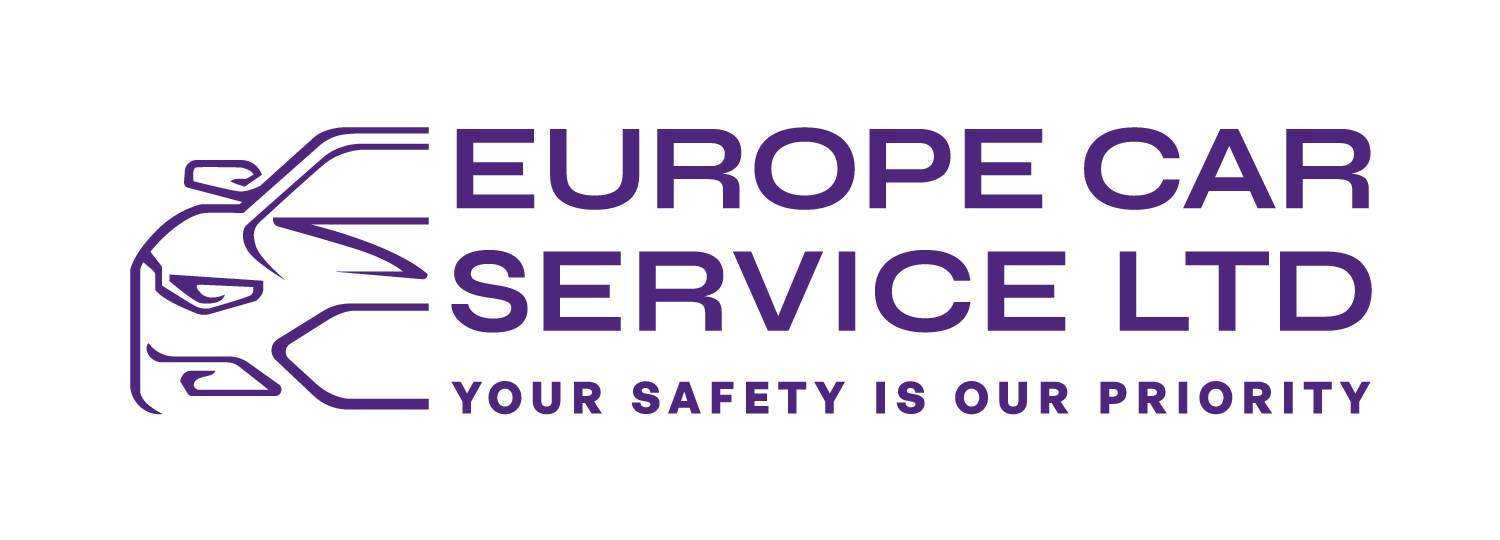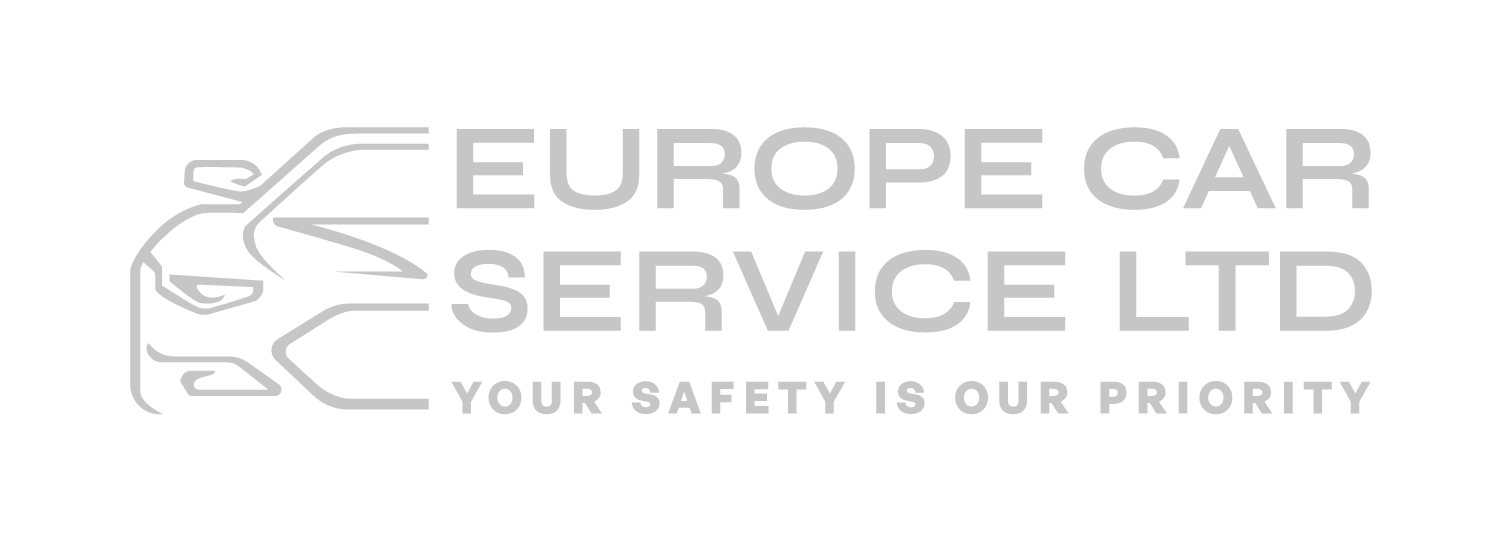Diagnostics Tests
Frequently Asked Questions
When the Announcements?
Can I Apply After Rejection?
Where to Interview?
Diagnostics Tests

There are hundreds of potential error codes, which only specialist diagnostic equipment can read. So when a warning light flashes on the dashboard, a diagnostics check is needed to assess how bad the problem is, and what may have caused it.
The warning light is just the beginning—it doesn’t give the whole picture. There are
hundreds of parts in your engine, so the exact nature of the fault may not be immediately apparent.
A special computerized scanner is plugged into your car to detect the faulty performance of your car’s engine or other components. This is only possible because of the many processors, sensors, and microchips built into our cars. The diagnostic tool reveals any faults and relays a code to the mechanic. From here, it’s a much simpler process to understand your car’s problem and rectify the problem.
A diagnostic test will cost around £30 to £60 for most cars. Europe Car Service can save you up to 50% against Dealership rates.
A full diagnostic check can take up to 1 hour.
A car diagnostic test can reveal issues with your vehicle’s engine, transmission, exhaust system, and brakes. It also provides information about ignition timing, which coils are firing,engine rpm levels, fuel injector performance, crankshaft and camshaft position, and air flow and coolant temperatures.
The diagnostic test takes time and specialist equipment to carry out the work and find the faults with your vehicle. If the fees seem excessive, then it’s fine to ask why. The test should take no longer than an hour.
Plug the scanner or engine code reader into your vehicle, and the display will reveal a code, or list of codes, that shows which components are showing a fault. The code won’t necessarily dictate the exact problem, or how to fix it, but it does provide a good head start. The code should be checked against the scanner’s manufacture’s website for additional information and where to start troubleshooting. The rest of the diagnosis is down to your technician.
When a driver senses an issue with their vehicle—for example, it doesn’t feel as it usually does when steering or braking, or it’s making unusual noises or emitting odd smells—then a diagnosis is required before the problem becomes more serious.
The first simple step is to look for visible signs that something’s wrong. If there are no obvious clues, the next step is to have it checked by a professional. In many cases, a mechanic or vehicle technician will utilize specialised equipment and software to determine the problem component.
There are 5 colours of warning light—the 2 you’re most likely to encounter are red and orange.
Red warning lights indicate a serious problem that requires immediate attention or could cause significant damage to your car. You should pull over as soon as it’s safe to do so.
An orange warning light is literally that—a warning—and should be checked out as soon as you have a suitable opportunity.
It depends. If the dashboard reveals a red warning light, then you should stop driving as soon as possible. A red warning is a severe fault and requires immediate attention. Amber, or any other colour, indicates that you should be okay to continue driving, but the fault should be checked out as soon as you get chance.
If the check engine light illuminates on your dashboard, examine the other gauges and warning lights for signs of low oil pressure or the engine overheating. If either of these is apparent, you should pull over as soon as possible and turn off the engine.
With a blinking check engine light, you may notice a loss of power or other performance problems. In this case, reduce engine speed and any demand on the engine. Again, stop driving as soon as it’s safe to do so, and have the car properly diagnosed.

